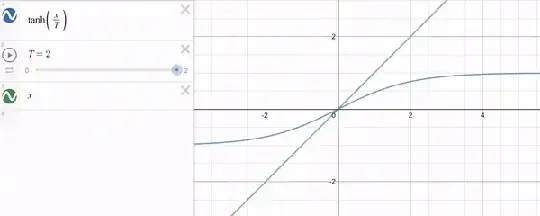I learnt that, when a ferromagnetic material is heated, it will become paramagnetic at a certain temperature. This temperature is called Curie point or Curie temperature. For example, Curie temperature for iron is given to be $1043\ \text{K}$. So as per my understanding at $1042\ \text K$ the material is ferromagnetic and at $1044 \ \text K$ it becomes paramagnetic. However, I don't understand what happens during this transition.
Earlier, I've learnt that both ferromagnetic and paramagnetic substances have atoms with permanent magnetic moment. A ferromagnetic substance is strongly attracted in the presence of a magnetic field, and a paramagnetic substance is weakly attracted. But "strongly" and "weakly" are relative terms. Or in other words, I think a weak ferromagnet is a strong paramagnet. If so, how could an experimenter say that a substance at a particular temperature is ferromagnetic or paramagnetic? What properties does a ferromagnetic substance loose when it gets converted to a paramagnetic material?
Is the boundary between ferromagnetism and paramagnetism well-defined? Alternatively, is the Curie point actually a single point on the temperature scale or is it a range of temperature?
